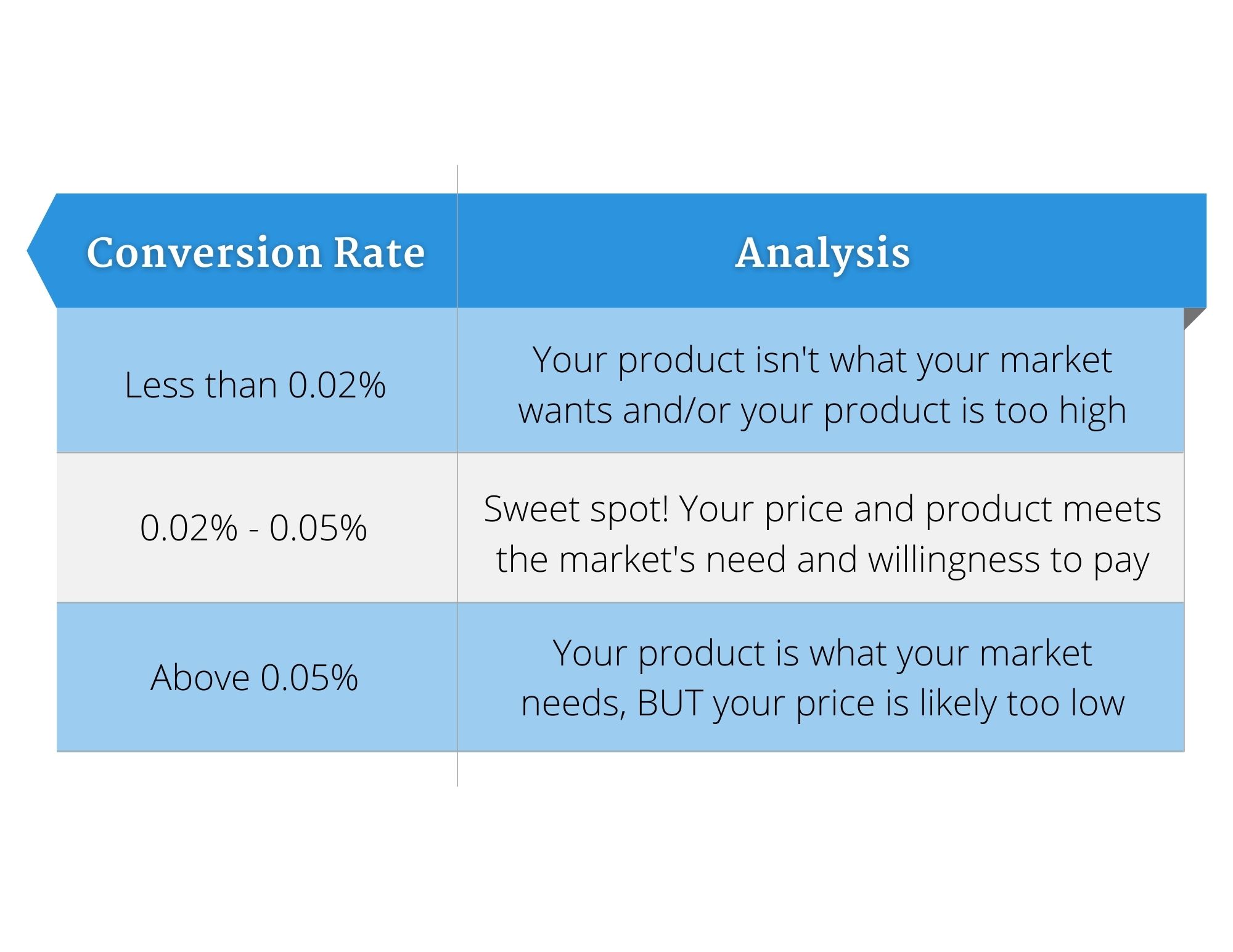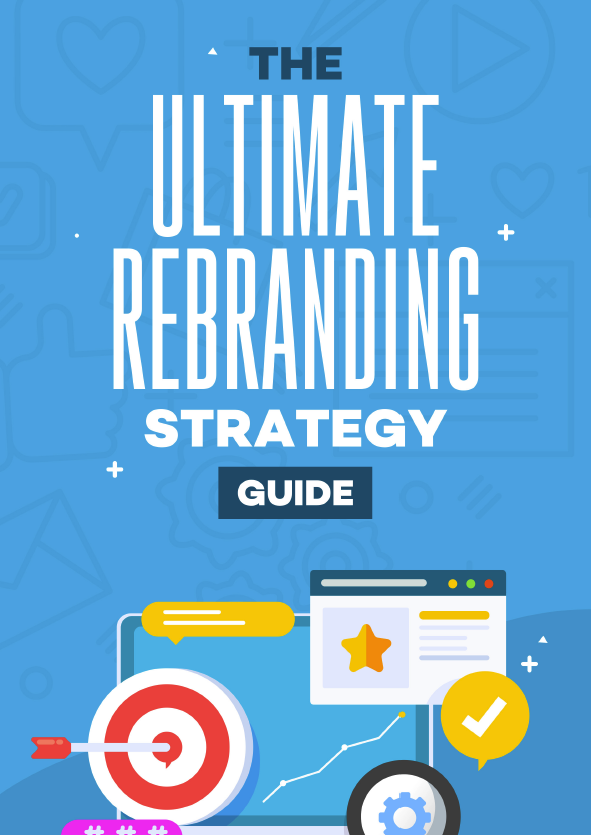I’ll never forget it.
I was sitting in the room with an old-school marketer. You know, the kind with the cigarette in hand, sipping on a single-barrel whiskey, slowly scrolling through the prices in our online store…
“Price this one at $24.99.”
“Why?”
“It feels right.”
What the heck?
How am I supposed to learn anything from you, you sage whiskey-soaked boomer, if you can’t give me more than “it feels right” on pricing?
I left that meeting discouraged. I imagine you’ve come to this blog post in much the same state. There’s no single right answer to pricing your online course.
In fact, you’ve likely heard that you need to add a $7 at the end, or price it under $100, or price it at a weirdly exact number (like $1426).
Let’s clear up some of these assumptions by taking a look directly at the strategy behind pricing.
Then, we’ll focus on some specific steps for you, including some ways to add value to the course you’re selling that’ll make your price a secondary concern for your target audience.
What Price Should I Charge for My Course?
There are so many things to consider when pricing your online course, so let’s look at the list, then we’ll talk about how to gauge where you should fall on the pricing spectrum.
You should charge the highest price on the internet for your course if:
- You’re more experienced than your competitors
- Your course offers more value to the end user than your competitors
- Your course offers more access to you than your competitors
Of course, in order to know where you fall on the spectrum, you have to look at all the competitors selling similar courses in your niche.
How to Compare to Online Competitors
- Try looking on Udemy and Coursera first. These will give you a bottom line for how much a course should cost.
- Then, do a Google search for something like “Best [niche] courses”. For example, if your niche is writing, you’d search “Best Writing Courses”. (See if you can find some open sales pages for your competitors’ courses and see what their prices and tiers are. Note the level of access to the expert and breadth of the content.)
- When you’re on their site, visit their About page, as well, to see how their expertise compares to yours. You’ll want to find 10-20 competitors here.
- Make a spreadsheet of the courses, titles, and prices, and rank the expertise of the teacher, access to the teacher, and the breadth of the course on a scale of 1-100 in three separate columns.
- Finally, add yourself to the same spreadsheet, but fill in the price last.
Once you see where your expertise falls on the list, fill in the suggested retail price for your course. You won’t begin at this price (see below), but you’ll need to have the target in mind, based on all your research.
NOTE: Now’s a good time to dive into a little bit of pricing strategy. A few tips:
- Prices that approach barriers, but don’t hit them, are generally more effective than prices that hit the barrier (think $99 or $97 instead of $100). If you’re selling a luxury item, this generally does not apply, but in my experience, online courses are not luxury items. 😊
- Giving people a small, medium, and large option generally produces more sales than if you offer a single price point. You can do this by adding tiers or upsells (which we will discuss later) or by offering a full price and payment plan.
- There are a billion resources available that cover this topic specifically, but I recommend you begin with Patrick Campbell over at Profit Well.
7 Steps for Pricing Your Online Course

All right, now that we’ve gotten into the theory of pricing, we need to get into the practice of it. You’ve done your research, now it’s time to test. And test. And test again. And (well, you get it)…
1. Set the minimum price you can charge
You want the price to be low enough for the offering to be a no-brainer for your list, but you also want to make sure you’re making money. When I started one of my businesses, I set the price so low there was no margin for me! Don’t be like Chase.
Give yourself room to make money on your first launch. Base your minimum price on your research. If you can’t maintain a business at the minimum price in research, then you should probably look for another niche. (We have a post on that here.)
2. Launch the course
I’m a firm believer in the idea that you can survey until the cows come home, but unless you do a live test where you make people pay for your course, you won’t know if the price works. So, launch the course to your list.
When most people launch, they do what we call a perpetual launch. They leave the cart open, almost like Walmart or Target. (You can always find what you need on the shelf) That’s not what I’m suggesting here. Instead…
3. Close the launch
There are a myriad of benefits to closing an online course launch: It creates urgency, gives you a cohort of students to glean information from, and gives you and your team a chance to debrief and ponder the results.
So, we always suggest that when you’re launching a new course, set a deadline. Then, move to step 4.
4. Evaluate the conversion rate, refund rate, and gather testimonials
If you’ve made it this far, you deserve the secret sauce, so I’m going to give you the gold standard conversion rate against which you can measure your pricing strategy.
You should be converting 0.2% of your email list. In other words, if you have an email list of 10,000 folks, at least 20 should convert every time you launch.
Here’s a chart:

This is just a guide, not a list of hard and fast rules. At the very least, it gives you a pathway forward to determine if you should raise or lower the price on the next launch.
Analyze the refund rate, as well. We generally view anything less than 5% of total purchasers as ok. If it’s over that amount, we survey to see if our marketing was stronger than the course offering or course fit with our list.
Be sure to also gather testimonials from your purchasers. This will help you prepare for the next launch.
5. Adjust the price
Based on the testimonials, the chart above, and your gut feeling based on market research, adjust your price. It doesn’t particularly matter if you marginally or substantially increase it, but make the movement worth the effort.
A couple of notes:
Note 1: If your product isn’t right, a price adjustment isn’t going to fix it. I was going through a launch the other day where the brand was worried they’d set the price too high. So, they introduced a payment plan option mid-launch.
No one responded. What this brand is most likely dealing with is a product that doesn’t fit the list they are selling to.
Note 2: Remember, it’s always easier to move up than down in price. In other words, each time you launch (if you plan to raise the price), you can use the increased urgency of “the price will never be lower!”
6. Repeat steps 2-5
Leave some space between launches to give your email list time to rest, grow, and cycle in and out. We suggest at least 3 months.
7. Finalize a price
Once you’ve run this system several times, you’ll get a feel for when you’re no longer changing the price for any reason other than to make it different. At that point, you’re ready to lock your course in and sell it perpetually in evergreen funnels or in your online store.
How to Make Your Course Valuable

A lower price or discount isn’t the only way to make your course valuable. In fact, if the course isn’t transformational, using a price technique to imply value will translate as insincere.
Instead, spend time making your course the kind that takes your audience from where they are to where they want to go. Then, think of inexpensive ways to maximize the value to the end consumer.
Here are 10 ideas:
- Marketing Call
- Email List Nurture Sequence
- Strategy Consultation
- Work Edit (Website Critique for instance)
- Mini-Course on a related topic
- eBook on a related topic
- 1-on-1 Call or Meetup
- Assignment Review
- Interviews with Other Experts
- Services Upsells for Execution/Implementation Help
Testing 1… 2… 3…
We very rarely take the tack that pricing is a one-size-fits-all solution with definitive answers. Instead, by taking a testing approach, you can land on a price with which you are confident and one most acceptable to your audience.
That level of certainty can only be obtained by putting in the hard work.
I’d love to hear your results!

